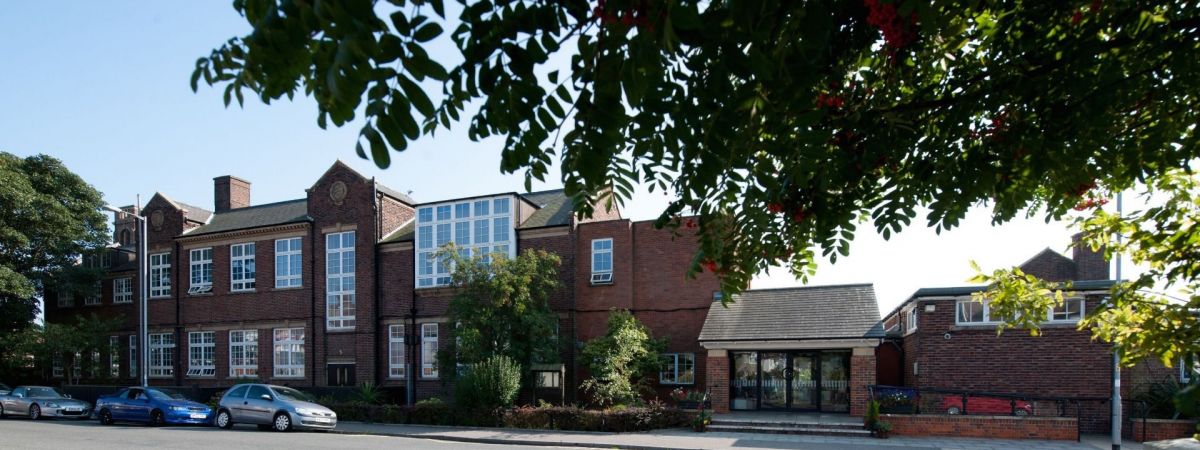Return to Charter
When I visited Great Yarmouth Charter Academy last spring, I was blown away not just by what I saw myself, but also by the testimonials of staff and students who had experienced the transformation that year.
It was powerful being able to cut through the press and social media hype and I left keen to visit again when things had had a chance to embed further. Last week I found myself with a gap in the diary and vaguely in the direction of Great Yarmouth, so I took the opportunity to head for the coast.
I spent five hours solid talking to pupils and frontline staff, and I asked them all the same two questions: “how are things organised now?” and “what does this mean for you?”
While I was expecting some similarities in their answers, I can honestly say I was taken aback at how literally everyone I spoke to described the same kind of things.
In terms of the first question, three things came up. First, how everything is kept as simple and explicit as possible. Next, how visible the entire staff team is throughout the day, especially SLT. And finally how this visibility is used to constantly remind, repeat, and reinforce for everyone the expectations and desired behaviours.
This could be in terms of classroom routines as guests wander in and out, the morning gathering in the playground, or the joyful and efficient transitions between lessons. I saw it happening as pastoral staff engaged with pupils needing support, or colleagues interacting with one another.
(I also experienced it when I was presented with a Charter tie to wear, having turned up in my uniform of jacket/shirt/smart jeans.)
And what has this emphasis on consistently reinforced simplicity led to?
Students told me with pride how much they had learned recently, and the extent to which this exceeded anything they’d ever believed was possible from previous experiences.
They also gave me examples of how teachers were able to support them really well, “because they seem less stressed now, and don’t have to deal with so many other problems.”
This really came through in my discussions with staff. With a safe and happy school established they can focus on the stuff that makes a real difference. As they are not firefighting any more (literally and metaphorically!), time and energy is free to be deployed elsewhere.
Teachers told me that instead of crowd control, endlessly issuing sanctions, and removing children from lessons they are able to focus on their teaching – developing their subject knowledge, planning, & pedagogy.
Now they’re not splitting up fights, dealing with kids wandering about the place at will, or dealing with endless squabbles, the long-serving pastoral staff are supporting the pupils who most need it, tracking the merits and golden tickets awarded, and making sure Charter Chocolate gets dished out to the right kids on a Friday.
Elsewhere, the site team no longer have to spend their days patching up damaged doors or vandalised walls, or pleading with contractors to actually visit the school. They are now able to maintain and improve the fabric of the building – and it really shows.
Let me finish with quotes from people who have been there through thick-and-thin:
“You wouldn’t believe that they were the same kids,” said one member of staff to me. “Some that used to terrify me are now really lovely and a joy to work with.”
“Nothing would shock us. But we were just so tired and ground down,” explained another. “I’d never put up with that again. Ever. I love being able to get to know people properly now.”
A nearby shopkeeper told me “I’m just grateful that Mr Smith will have been my daughter’s Head for her last two years. It’s made all the difference.”
But the truth is, it isn’t Barry who’s made all the difference – as he’d be the first to say. It’s the whole Charter team; he just got all the unnecessary stuff out of the way & freed them up to do the jobs they’d always wanted to do.
Go visit them and see for yourself.
